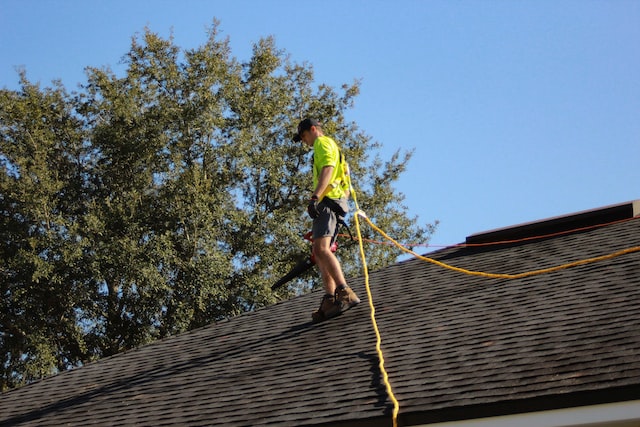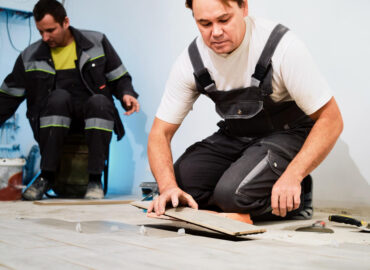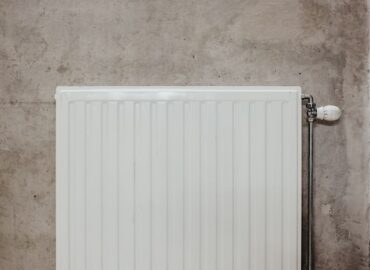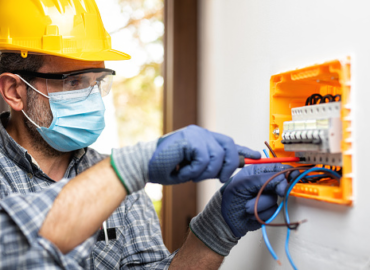Whether you’re having a new home built, or you’ve been in your current home for years, it’s always a prudent idea to have your roof inspected for any faults or damages that you may not be aware of. A prompt free roofing inspection can help you find small problems before they become major problems. It can also help you learn how to restore your roof after your home is inspected.

Infrared scanners
Thermographic scans of roofing materials are an inexpensive way to monitor your roof’s health. These inspections can help you locate areas that need maintenance or replacement. A qualified thermographer can identify areas of moisture in the roofing system and institute targeted corrective actions.
Thermal imaging offers a more thorough analysis of compromised areas than other surveys. It can also provide actionable information that can help you find the source of leaks and moisture problems.
Unlike conventional methods, infrared scanning can be done on flat, low-sloped or built-up roofing systems. Some roofs, however, pose significant challenges when it comes to infrared inspection. For example, a metal roof might not be ideal because it contains reflective paints and coatings that can interfere with the imaging process.
Water stains
When you see water stains on your ceiling, the first question on your mind might be “why?” The answer may lie in the most obvious of causes – leaky roof.
Water stains are unsightly and can cause significant damage to your home. Luckily, they can be fixed. A roofing contractor can help you find the source of the problem and provide an appropriate solution.
Stains are common around a skylight or chimney, but they can also happen in the attic or elsewhere. Roofing experts can pinpoint the source and apply a new waterproof membrane to the roof.
If the stain is on the ceiling, you might be able to fix it yourself. In the meantime, you can use vinegar and water to fade the stain and prevent further damage.
Signs of rust
If you are concerned about the condition of your metal roof, you should inspect it for signs of rust. Rust can cause significant damage to the roofing material. It can be prevented with a rust-resistant coating or primer.
Rust occurs when moisture comes into contact with a metal. The moisture can also affect the nails or fasteners in the roofing system. You can easily check for rust in the nail tips and the surrounding subsurface by using a flashlight.
The rusting process is called galvanic corrosion. When a part is compromised, the entire structure can be at risk. This can occur with aluminum or steel.
Missing roofing materials
If your roof is missing roofing materials, it is very important to identify the cause. It can be an indicator that your shingles are deteriorating or that your roofing system is failing. This can lead to significant water damage and structural issues.
Missing shingles can also be caused by improper installation. An incorrect fastener installation can cause shingles to be loose. A roofing inspector can inspect your roof to determine the exact location of the problem.
During a free roofing inspection by a roofing expert, the inspector will look for loose or missing shingles, as well as cracks and holes in the shingle material. They will also check for flashing, seams, and waterproof seals. These items are important architectural elements of a roofing system.
Restore your roof after a roof inspection
A free roofing inspection can help you determine whether your roof needs repair. It can also give you an idea of the extent of damage and whether you should file an insurance claim.
Damage can occur from a variety of causes, including hailstorms, high winds, and even standing water. Depending on the nature of the damage, your roof may need to be repaired or replaced entirely. However, minor problems can be easily repaired without needing a complete replacement.
The best way to know what to expect is to get a professional to conduct an inspection. Your inspector will look for signs of water damage and other problems that could lead to leaks. They will also check the ventilation system, shingles, flashing, and the attic.

Lynn covers artistic collaborations, curating stories that celebrate craftsmanship and design innovation.





